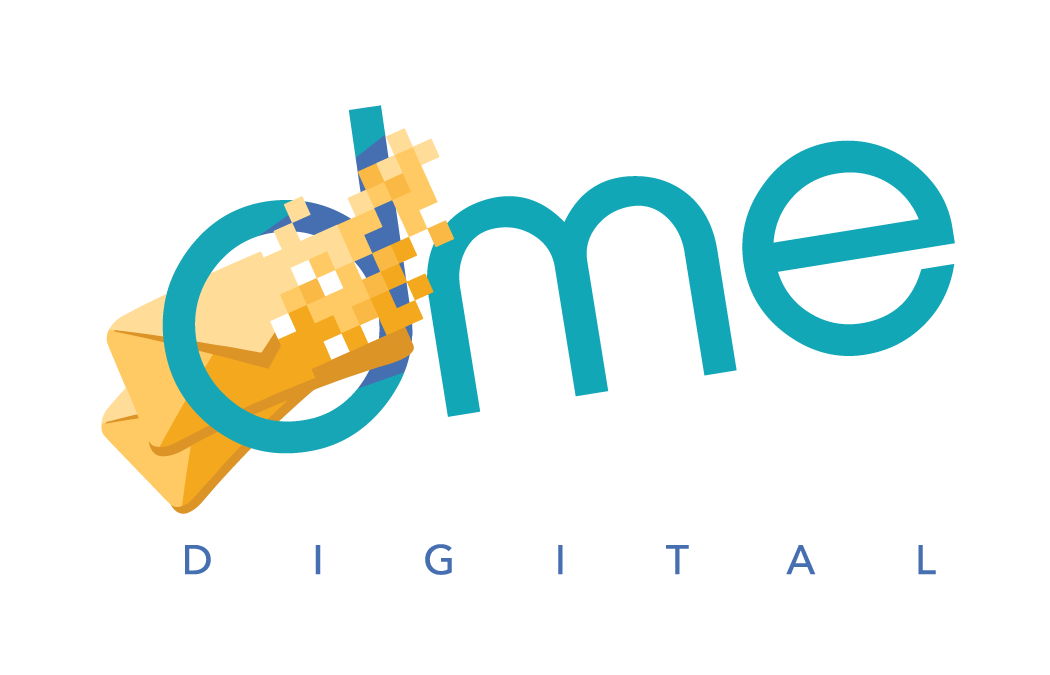It seems like every day you see a headline making some generalization about “millennials”: What they’re doing, what industries they’re “killing” or inventing, and how they’re affecting society as they come into established adulthood.
More often than not, these headlines and the articles that follow are written by people who don’t belong to the so-called millennial generation.
Instead, they are written by members of older generations, trying to figure out why millennials seem so very different.
But in order to figure out how millennials think, they must make the crucial first step of including them in the conversation.
That may be easier said than done, because the conversation may not be one that millennials desire to join.
So, what makes millennials so different from previous generations?
The defining trait of millennials is that they’re digital natives.
This categorization means they grew up during an era of unprecedented technological progress, and have been in contact with modern technology staples since they entered the mainstream market.
They’re far more tech-savvy than the rest of the general public, simply because they grew up alongside the technologies that they now use every day. It’s almost as natural to them as the language they speak at home. This is brand new to the market.
The heart and soul of millennial marketing revolves around social media, but it’s not always as simple as it may seem. A digital presence is necessary for every business, and to see any type of success it must be handled properly.
Millennials are natural skeptics, so just any static or conventional digital presence won’t do. It must be a fluid, exciting, adaptive approach in order to gain trust and attention and achieve a desirable ROI.
1. TV Viewing Patterns are Indicators of larger trends
If we use TV as an example to compare them to previous generations, the viewing behavior of millennials is generally distracted.
The Nielsen Millennials on Millennials Report shows the nature of these distractions:
The way TV is watched is quite different from older generations.
Generation x and baby boomers focus and retain when watching TV, but they also channel-surf more than 4 times the rate of millennials.
With a much lower rate of channel-surfing, millennials are scoring low memorability rates for the things they watch on TV.
This is because often they’re not actually watching at all.
This huge shift in viewing patterns between generations points to one thing – mobile devices.
While millennials still play plenty of TV in the traditional sense, they’re also frequently – and simultaneously – tuned into other devices while the TV is on.
The Nielsen report shows less than 2% of millennials flipping through channels during commercials. Their attention is almost definitely shifted elsewhere during commercial breaks, whether it be to a smartphone, laptop, tablet, or other device.
This brings to question how marketers can even expect to reach them if their attention is elsewhere during the time windows traditionally used for advertising.
With older generations, channel-surfing to avoid commercials could be anticipated. Advertisers knew that attention may shift between channels, but they could still count on the TV screen as a focal point. They could advertise across multiple networks or place reoccurring ads on the same channel in an attempt to catch and hold the viewer’s attention.
With millennials, that canvasing approach must now be translated across multiple devices.
2. Mobile Matters More
The landscape of TV and the challenges marketers therein are facing can be seen in other industries as well.
TV commercials, radio broadcasts, and direct mail campaigns are all feeling the impact a mobile world has on marketing and advertising.
It’s tough for any business that uses direct mail to completely overhaul their process. It’s easy to understand why a company would stay close to tried-and-true methods, especially if they are still seeing some success.
Though using traditional marketing strategies may still work now, failing to adapt them for the future could severely limit growth.
And as Ed Bastian (CEO of Delta Airlines) once said:
“Any business that isn’t growing is in slow-motion liquidation.”
So, sticking exclusively to traditional methods just isn’t enough if in today’s evolving world.
Now that every worthwhile business has an online presence, they are learning the hard way that if that presence and the coinciding marketing strategy isn’t mobile-friendly, it might as well not exist.
Businesses that find themselves unsure of how to adapt their models for a mobile-first landscape should be sure not to throw the baby out with the bathwater. The solution is simple:
Pairing.
TV and radio commercials, along with direct mail ads, are being translated and paired with digital campaigns, and targeted to the same audiences across devices and media.
3. Speak to Them Where They Are
If multitasking is the new relaxing, then distraction is the new attention.
The fact is, it’s millennial culture to dance back and forth on multiple devices during downtime – and during work time.
Some still view smartphones and other devices as distractions, but it’s much more beneficial to acknowledge the opportunity that their omnipresence presents.
Millennials (and their successors, Generation Z) are so synced to their devices that their “distractions” are the best methods to reach them with the greatest impact.
By dividing a brand’s ad spend into segments of an omni-channel approach, reach can expand exponentially.
Even if the campaign is very specific to, say, a particular TV broadcast time, you can still promote it in real time, across social media channels, to great avail: it’s incredibly popular for young people to “live-tweet” or “live-blog” reactions to shows and movies while they watch.
You can accomplish this best by getting in-depth with your targeting and messaging, and giving them something cohesive to use to connect (for example, an official hashtag).
4. Get Personal
Millennials are diverse and very focused on individualism. Targeting for them can’t be as cookie-cutter as it used to be (not everyone who’s watching TV between 9am and 5pm is primarily interested in soap).
There is no one-size-fits-all anymore.
Facebook and Instagram offer ways for brands to extend their reach by increasing the management options for ad targeting. Their partnerships for interactive social campaigns are aimed at getting activation beyond mobile devices.
With an organic personal approach, marketers can get an intimate look into their customer’s lifestyle.
Purchasing patterns can be more accurately shown through social groups and lifestyle preferences than traditional life stages.
When you consider that millennials are from an era of product reviews, social tools for sharing opinions, and influencers who promote products interchangeably out of payment or genuine satisfaction, you see an emerging culture of social proof that places the highest value on personal endorsements.
Social media is a place not only for customers to organically express brand-loyalty, but also a place for customers and marketers to interact directly in a way that was never possible before.
Direct engagement like is golden. It invites the millennial audience into the conversation and strengthens the trust in the relationship between brand and consumer.
Don’t let it go to waste.

Traditions Are Slowly Fading
The end days of traditional advertising aren’t here yet, but they’re getting closer.
Millennials are focused on genuine experiences and interactivity. Hard sells have become much less effective.
This became apparent to content providers even before Nielsen’s 2012 report. That was made clear when they disabled the option to skip ads in video-on-demand content.
These aren’t the types of things that will deter millennials from viewing content. In fact, Nielsen’s report says millennials understand the necessity of ads.
They’re also more open, receptive, and unbothered than other generational groups as long as the content they’re viewing is free and accessible.
This understanding may even partially explain their willingness to endure commercial breaks on one channel instead of flipping impatiently between channels to avoid them (like their parents do).
This is not necessarily an indicator of what they want, but rather of what they are tolerant of. Targeting is what fills the “need” and “want” gaps.
Based on knowledge through practice, it’s easy to determine that millennials value being acknowledged as individuals, being presented with options, and having a sense of freedom in the connection.
Brand storytelling is often more effective than straightforward ads in establishing a connection. Millennials have tendencies to adopt a brand early and develop loyalty when they have a sense of trust, and they will develop trust in brands that share their personal values.
Simple branded content doesn’t resonate with them; it’s emotion that makes the connection.
The rise of social media and influencers are direct results of the ways millennials prefer to be reached.
They must be a part of the brand’s conversation; not just directly sold or told by a brand, or passively witnessing an ad.
By addressing millennials directly, brands have the opportunity to spark a connection. Engaging with them nurtures the connections, elevating ads from being an afterthought to a welcomed experience.
So, how do you plan to elevate your ads for millennial audiences? Let us know in the comments.














Leave a Reply